1. The Instant Demolition Montage
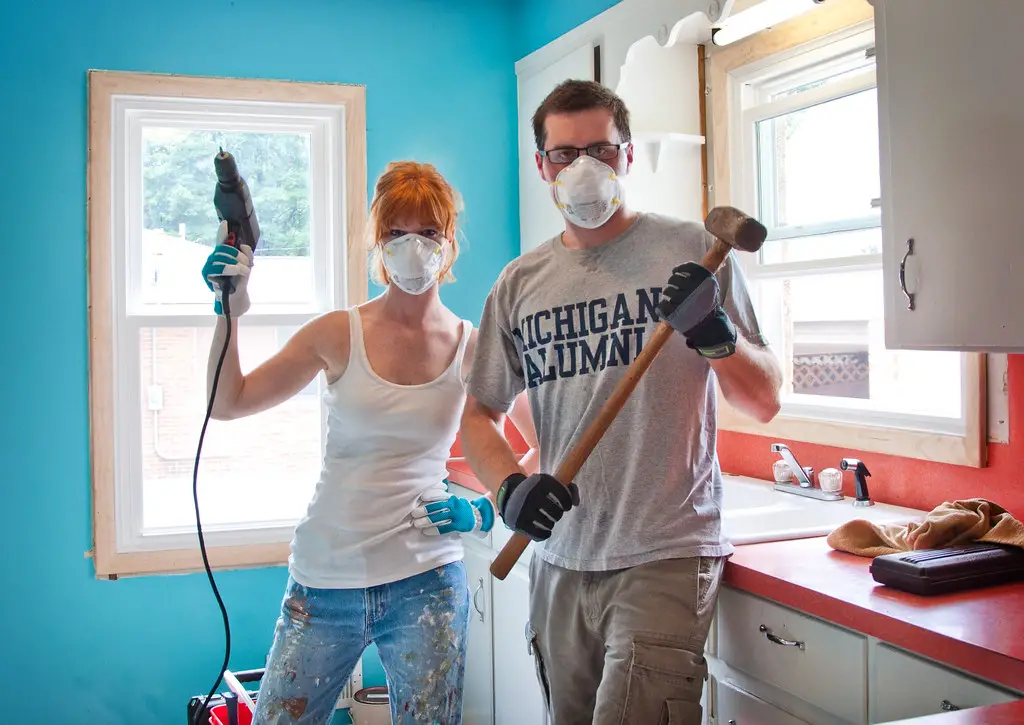
On HGTV, demolition often happens in a matter of minutes, with sledgehammers swinging and walls coming down with dramatic speed. In reality, demolition is a much more time-consuming and labor-intensive process. According to This Old House, proper demolition involves careful planning, safety precautions, and often the tedious removal of materials piece by piece to avoid structural damage or the release of hazardous substances like asbestos. The speed and ease depicted on television are largely for entertainment purposes.
Real-life demolition requires attention to detail, including identifying load-bearing walls, capping off plumbing and electrical lines, and disposing of debris responsibly. This process can take days or even weeks, depending on the scope of the project. The rapid transformations seen on TV compress this crucial phase, creating a false sense of how quickly and easily spaces can be cleared out. Homeowners should budget significantly more time and effort for demolition than what is typically shown on screen.
2. The Seemingly Endless Supply of Free Labor
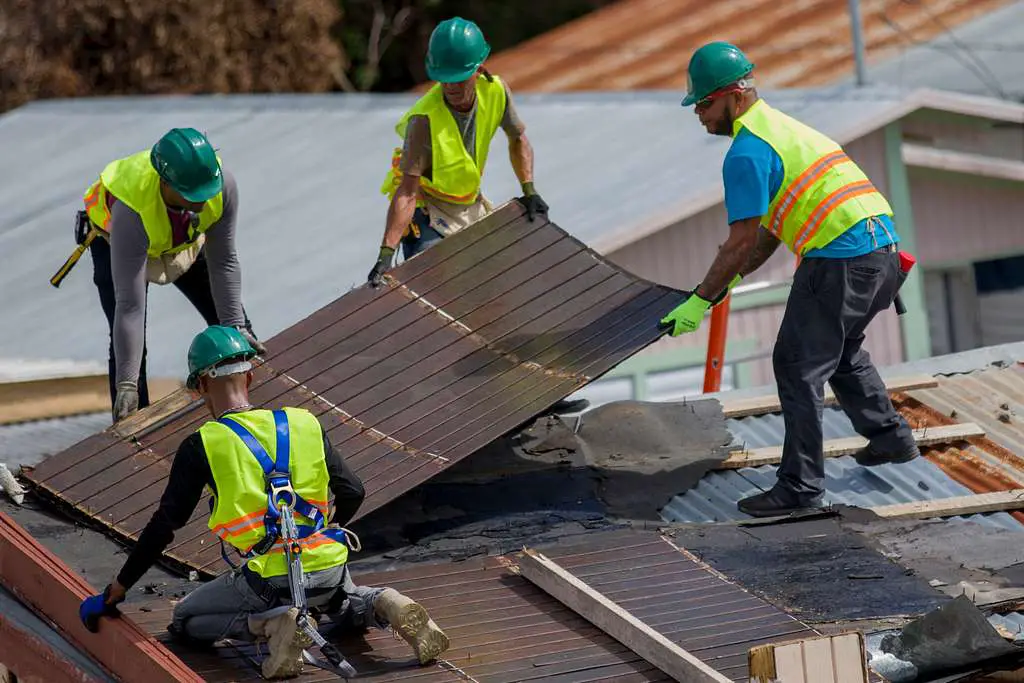
Renovation shows often feature a large and efficient crew of contractors and designers working tirelessly and seemingly around the clock. In reality, hiring and coordinating skilled labor can be one of the most challenging and expensive aspects of a home renovation. According to data from HomeAdvisor, labor costs can account for a significant portion of a renovation budget. The readily available and seemingly free labor depicted on TV is a far cry from the realities faced by most homeowners.
Securing reliable contractors often involves research, interviews, and waiting lists. Coordinating schedules between different tradespeople, such as plumbers, electricians, and carpenters, can also be a logistical challenge. The seamless teamwork and constant presence of a large crew seen on HGTV are a luxury that most homeowners cannot afford. Budgeting for realistic labor costs and timelines is crucial for any real-world renovation project.
3. The Miraculous Discovery of Hidden “Features”
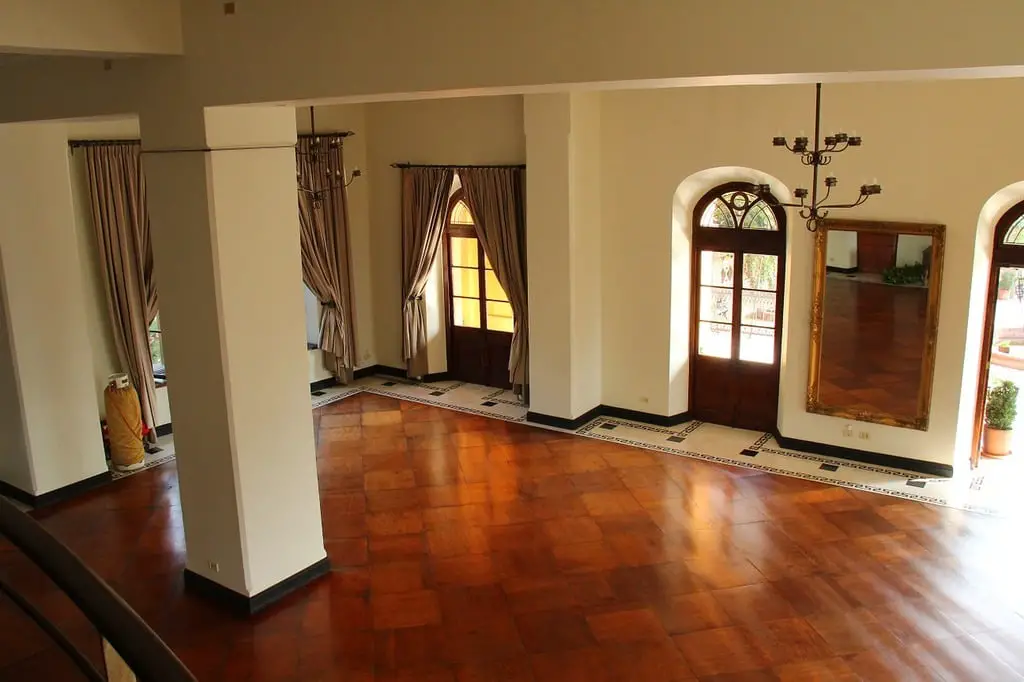
Many HGTV shows feature the dramatic unveiling of hidden “original features,” such as hardwood floors under old carpet or exposed brick walls behind drywall. While these discoveries can happen in real renovations, says Bored Panda, they are often exaggerated for television drama. More often than not, uncovering what’s behind walls or under flooring reveals unexpected problems rather than delightful surprises.
Real-life homeowners should be prepared for the possibility of finding structural issues, outdated wiring, or water damage when opening up walls or floors. These unexpected problems can add significant time and cost to a renovation project. The carefully curated and always-perfect hidden features revealed on TV are often the exception rather than the rule in actual home renovations.
4. The Instantaneous Custom Furniture and Decor
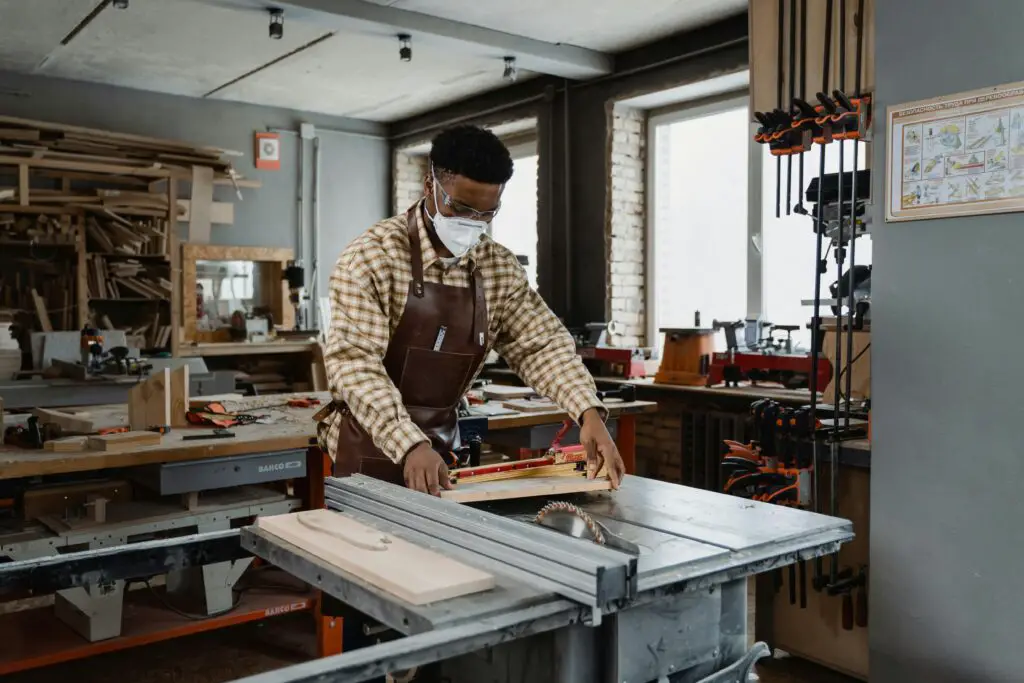
HGTV designers frequently unveil custom-made furniture and decor items that appear to have been created and installed almost instantaneously. In reality, custom pieces require significant lead time for design, fabrication, and delivery. According to Tracy Morris Design, even seemingly simple custom items can take weeks or months to complete. The speed at which these elements appear on television is highly unrealistic.
Real-life homeowners need to plan well in advance if they desire custom furniture or decor. This involves working with designers or artisans, approving designs, and waiting for the pieces to be created. The instant gratification depicted on TV does not reflect the often lengthy process involved in obtaining truly custom elements for a home. Patience and early planning are key for those seeking bespoke items.
5. The “Open Concept Solves Everything” Fallacy
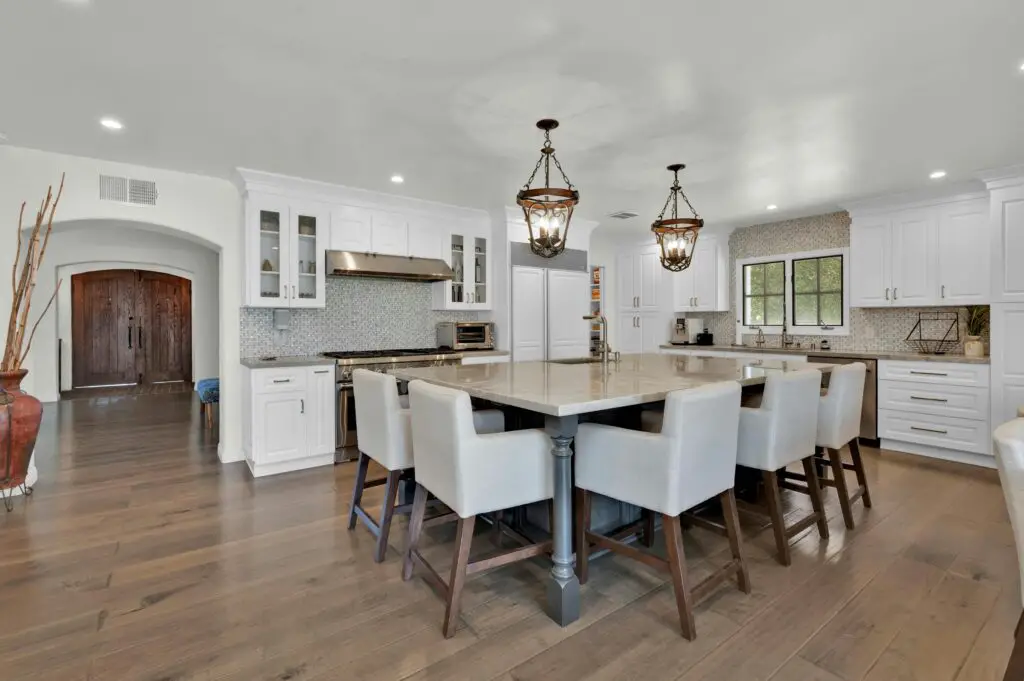
HGTV frequently promotes the idea that an open-concept layout is the ultimate solution for every home, often involving the removal of numerous walls to create one large, flowing space. While open-concept living can be desirable for some, it doesn’t suit every lifestyle or home style. Furthermore, removing walls can have significant structural implications and costs.
In reality, many homeowners find that defined spaces offer better functionality and privacy. Open-concept layouts can also present challenges with noise control and heating/cooling efficiency. The idea that “knocking down walls” is always the best solution, as often portrayed on TV, overlooks the individual needs and structural realities of different homes.
6. The Overemphasis on Cosmetic Changes Over Structural Issues
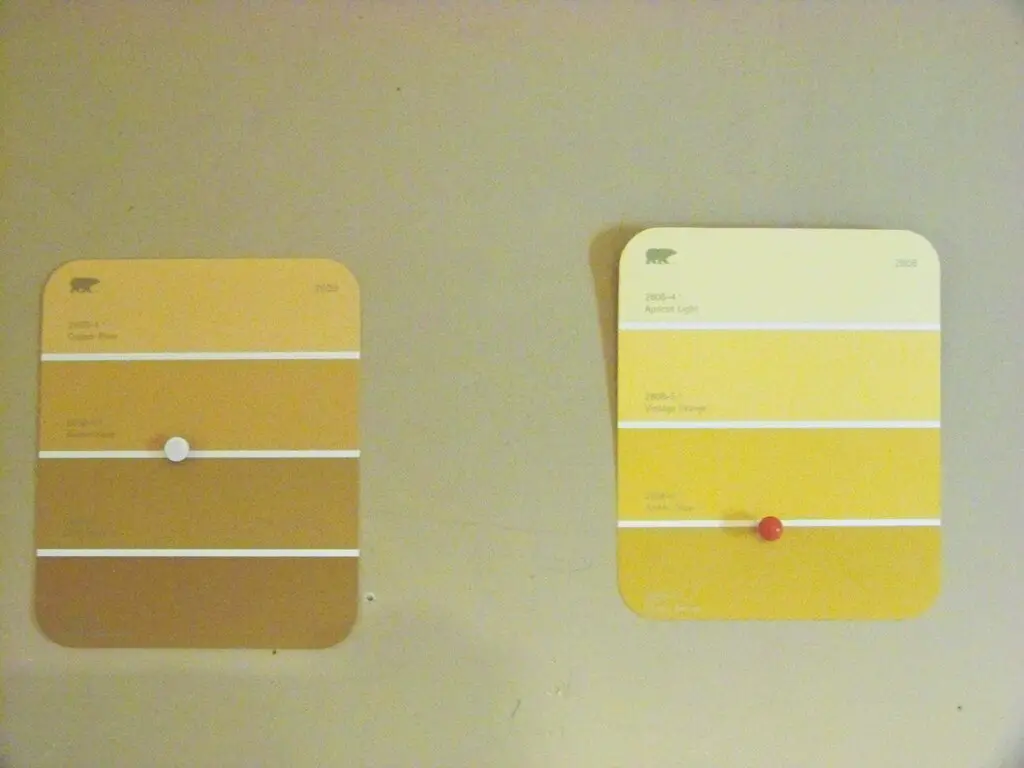
HGTV shows often focus heavily on the cosmetic aspects of a renovation, such as paint colors, countertops, and flooring, sometimes glossing over underlying structural or mechanical issues. In reality, addressing problems like foundation cracks, outdated plumbing, or faulty wiring should be a top priority. Ignoring these issues for aesthetic upgrades can lead to significant problems down the line.
Real-life renovations should always prioritize the integrity and safety of the home’s structure and systems. While cosmetic improvements are important, they should come after essential repairs and upgrades. The TV focus on aesthetics over fundamentals can create a misleading impression of what constitutes a responsible renovation.
7. The Unrealistic Timelines for Major Transformations
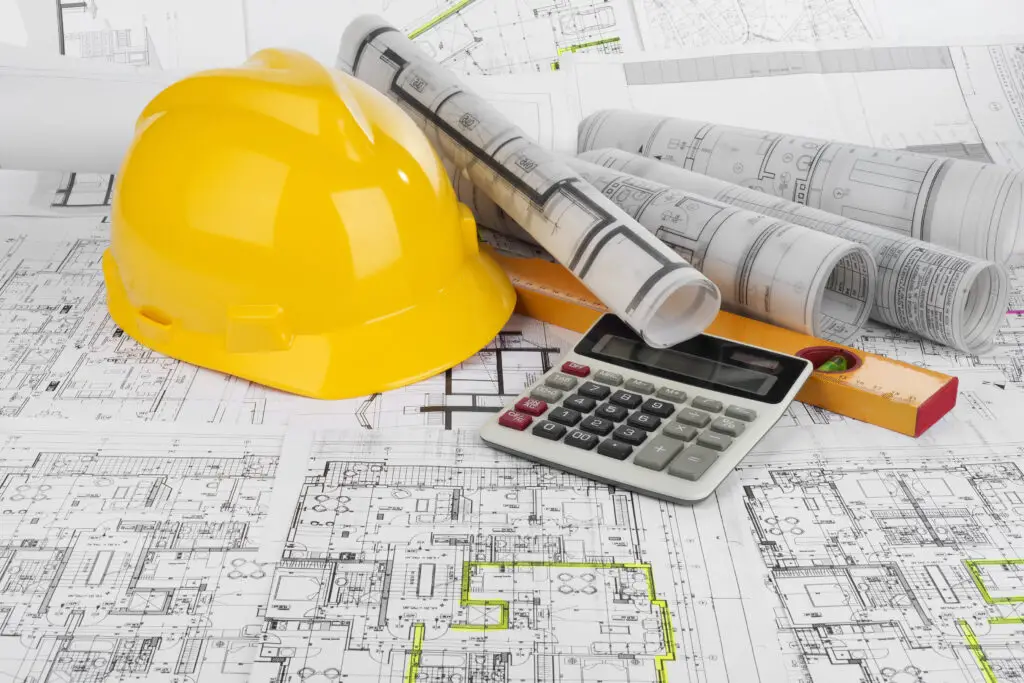
The dramatic whole-house renovations often completed in a single episode of an HGTV show typically occur over a much longer timeframe in reality. What appears to be a few weeks of work on television can easily stretch into months or even years for a real homeowner. The condensed timelines are necessary for television production but set unrealistic expectations.
Real-life renovations are subject to delays due to permitting processes, contractor availability, material shortages, and unforeseen problems. Homeowners should build significant buffer time into their renovation schedules and be prepared for unexpected setbacks. The rapid transformations depicted on TV are a highly compressed version of the actual process.
8. The “Just One More Day” Miracle
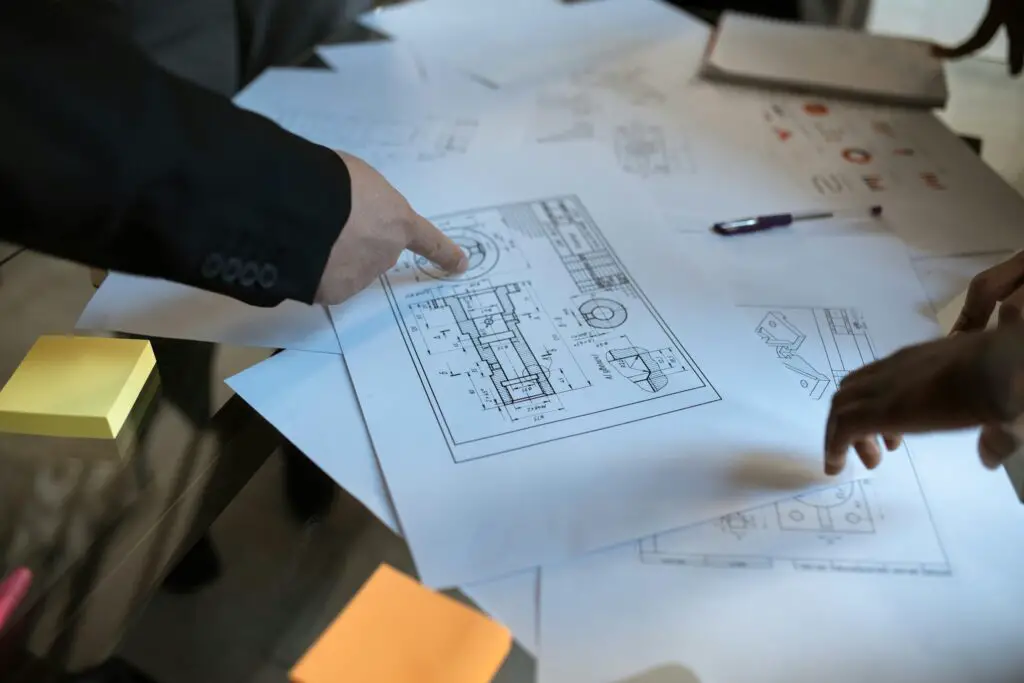
On many HGTV shows, when faced with a looming deadline, the team miraculously manages to complete all remaining tasks in a single extra day. In reality, significant delays often have cascading effects on the entire project timeline. Adding just one more day rarely solves major scheduling or logistical challenges in a real renovation.
Real-life renovations require careful scheduling and coordination to avoid delays. When setbacks occur, they often require significant adjustments to the timeline and can impact other tradespeople and deliveries. The “one more day” fix seen on TV is a convenient plot device that doesn’t reflect the complexities of real-world project management.
9. The Overlooking of Permitting and Inspections

HGTV shows rarely delve into the often lengthy and complex processes of obtaining building permits and undergoing inspections. In reality, these steps are crucial for ensuring that renovations comply with local codes and are safe. Failing to obtain proper permits can lead to fines and the need to redo work.
Real-life homeowners need to research local building codes and plan for the time and cost associated with permitting and inspections. These processes can add weeks or even months to a renovation timeline. The absence of this crucial aspect on TV can create a misleading impression of the simplicity of renovations.
10. The Seamless Integration of Unexpected Design Changes
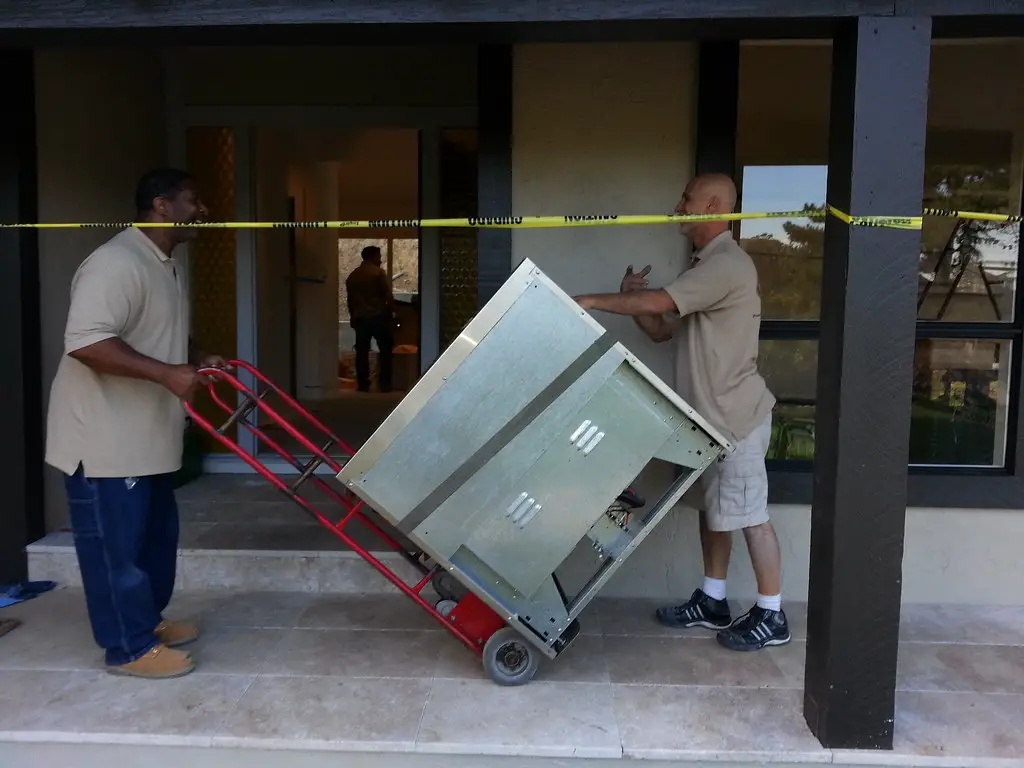
On television, designers often make significant design changes mid-project that are implemented seemingly without any impact on the budget or timeline. In reality, even small changes can lead to increased costs and delays due to reordering materials or adjusting labor schedules.
Real-life homeowners should try to finalize their design plans before starting a renovation to avoid costly and time-consuming changes along the way. Any alterations during the project should be carefully considered for their impact on both budget and timeline. The seamless flexibility depicted on TV is not always achievable in reality.
11. The Dramatic Staging That Masks Imperfections

The final reveal on an HGTV show often involves elaborate staging with carefully placed furniture and decor. This staging can sometimes mask imperfections in the renovation work. In reality, achieving a truly flawless finish requires meticulous attention to detail and skilled craftsmanship.
Real-life homeowners should focus on the quality of the underlying renovation work rather than relying on staging to hide flaws. A well-executed renovation should look good even without extensive decorative flourishes. The staged reveals on TV are designed for visual impact but don’t always reflect the long-term quality of the work.
12. The Implied Increase in Home Value That Isn’t Guaranteed
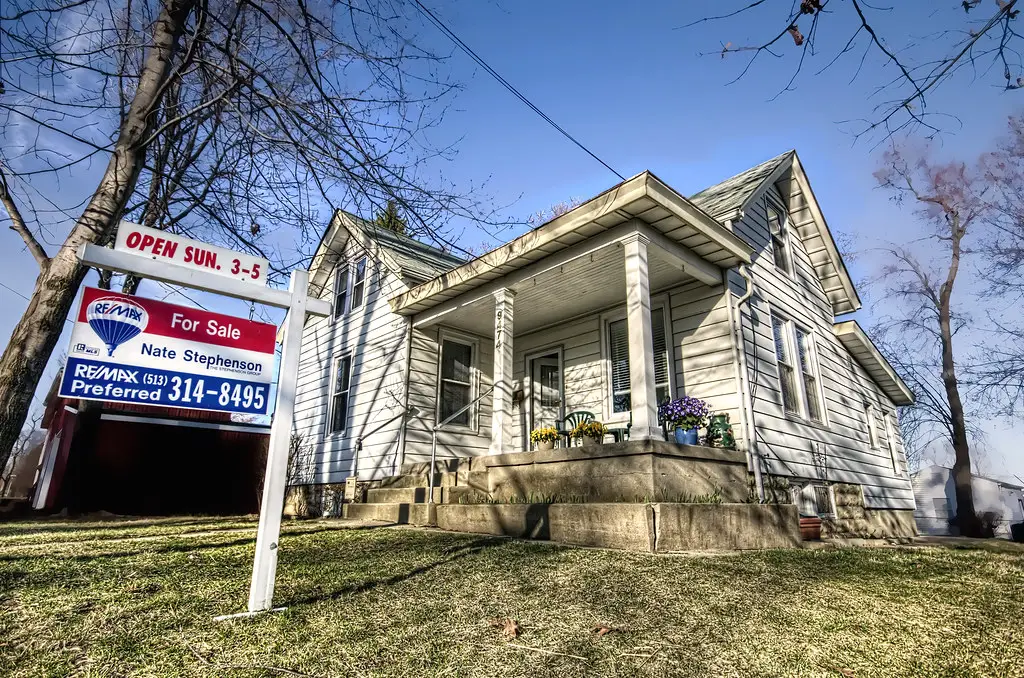
HGTV shows often suggest that the renovations undertaken will significantly increase the home’s value. While well-executed renovations can add value, there’s no guarantee of a specific return on investment. Market conditions, the quality of the work, and the specific upgrades all play a role in determining the impact on property value.
Real-life homeowners should research the potential return on investment for different types of renovations in their local market. Overspending on high-end finishes or trendy designs may not always translate to a proportional increase in home value. The implied financial benefits on TV should be viewed with caution.
13. The “Happily Ever After” Ending That Doesn’t Show Long-Term Maintenance

HGTV episodes typically end with the happy homeowners enjoying their newly renovated space. What is rarely shown is the ongoing maintenance and upkeep required to keep a home looking its best. Renovations, like all homes, require regular care and attention to prevent deterioration.
Real-life homeowners need to factor in the long-term costs and effort associated with maintaining their renovated spaces. Materials need cleaning, repairs will be necessary over time, and styles may eventually need updating. The “happily ever after” ending on TV doesn’t reflect the continuous effort of homeownership.
14. The Budget That Magically Stretches
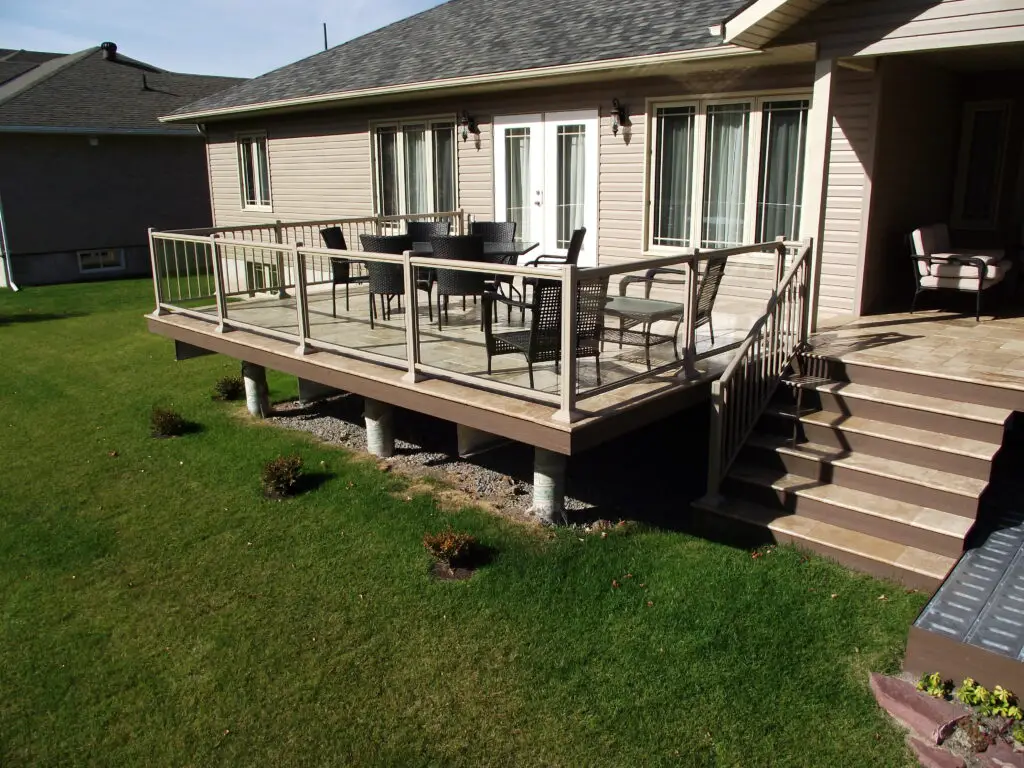
On HGTV, homeowners often start with a modest budget that somehow accommodates a full kitchen remodel, bathroom upgrades, and a new deck. While they might face the occasional “budget challenge,” things always seem to work out without painful compromises. In reality, most homeowners would quickly run out of funds attempting even one of these projects. Material costs, labor, permits, and unexpected issues add up fast—usually far exceeding the original budget.
Real-life budgets require strict planning, contingency reserves, and frequent revisions. Stretching a renovation budget takes tough decisions, not just a clever spreadsheet and a quick sponsor plug. On TV, it’s common to see $50,000 accomplish what would cost twice as much in the real world. This tricked-out budgeting fantasy makes for good TV but sets wildly unrealistic expectations for viewers.
15. The Flawless DIY Execution
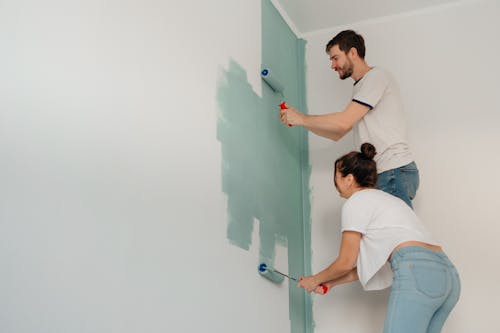
HGTV often shows homeowners taking on ambitious DIY tasks with minimal instruction and near-perfect results. Whether it’s tiling a backsplash, building custom shelving, or installing trim, it always goes off without a hitch. In reality, most DIY projects involve a steep learning curve, trial and error, and—often—redoing work that didn’t go quite right the first time. What TV shows in 5 minutes can take days for a regular homeowner to finish.
DIY projects in real life also carry the risk of costly mistakes, especially when involving plumbing, electrical, or structural elements. The fast-paced, smooth DIY edits on television rarely depict the frustrating, messy parts. Homeowners should do thorough research and consider professional help for anything beyond their skill level. Not every “TV DIY” translates well into weekend reality.
16. The Picture-Perfect Weather
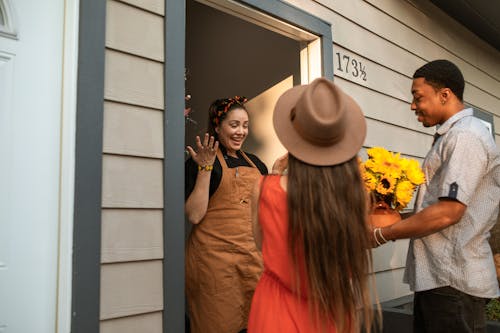
Renovation shows often take place under clear skies, with perfect lighting and sunny optimism. Rarely do viewers see the impact of rain delays, snowstorms, high winds, or scorching heat on the progress of a real renovation. But in reality, weather can be a major disruptor, especially for exterior work like roofing, painting, or landscaping. Mother Nature doesn’t work on a production schedule.
Real-world renovation projects must factor in seasonal weather patterns, which can delay timelines and increase costs. Rain can halt outdoor work, freeze-ups can delay plumbing, and extreme heat can impact material performance. Weather-proofing and planning buffers are essential in real-life construction. On TV, the weather is usually edited out—but for homeowners, it can be a daily hurdle.
17. The “Found Space” Miracle
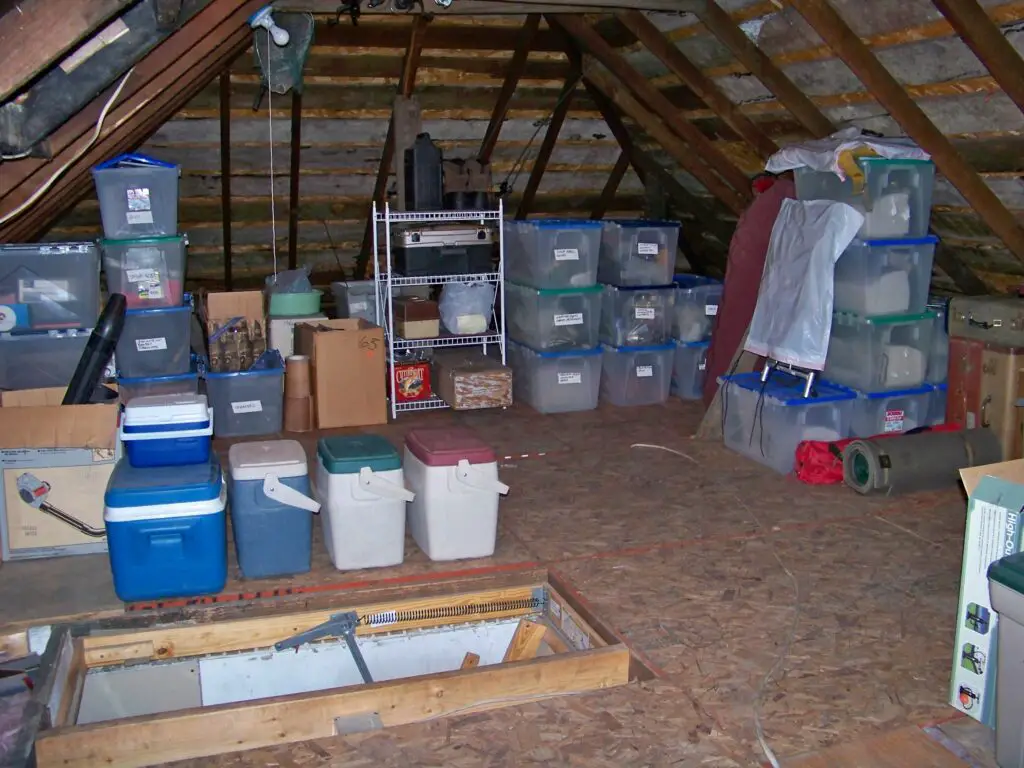
HGTV loves the trope of “discovering” extra space—an unused attic, hidden nook, or room under the stairs—ready for transformation. While creative use of space is great, most real homes don’t come with secret bonus square footage waiting to be unveiled. These “found” spaces often require extensive structural changes, permits, and expensive upgrades to be usable. Turning an attic into a bedroom, for example, can cost tens of thousands of dollars.
In real renovations, space isn’t magically added—it’s built, bought, or heavily modified. Insulation, HVAC, electrical, and access all become critical issues when expanding usable space. What looks like a quick and affordable solution on TV is often a massive project in the real world. The magical “bonus space” reveal is usually more fiction than reality.
18. The Perfect Neighbor Situation
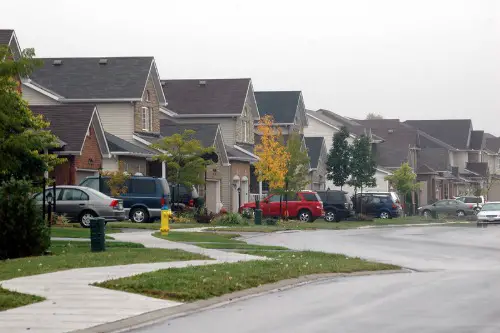
On TV, renovations take place in a vacuum—neighbors are either helpful or nonexistent. In real life, noisy construction, trucks blocking driveways, and months of mess can strain neighborly goodwill. Zoning issues, HOA restrictions, and shared property lines can all impact your renovation plans. Friendly waves and polite curiosity are often replaced by complaints and disputes.
Renovation shows rarely mention the permits or community notifications required before starting major work. Real homeowners often need to coordinate with neighbors, follow noise ordinances, and respect boundaries. A harmonious renovation experience depends on good communication, not just good intentions. HGTV skips this conflict for simplicity—but real renovations don’t happen in isolation.
19. The Unbreakable Budget-Style Fusion

HGTV shows often showcase bold design choices—like high-end finishes on a tight budget—with perfect harmony. Expensive tile, artisan lighting, and custom cabinetry all somehow blend without looking cluttered or inconsistent. In the real world, merging budget and luxury elements takes a much more discerning eye and often doesn’t turn out so seamlessly. Poor design cohesion can make even expensive renovations look disjointed.
Professional designers spend years mastering this balance, but TV makes it look like a snap decision at the hardware store. Budget constraints usually require compromises in materials, layout, or design complexity. Copying HGTV style without the expertise often results in mismatched aesthetics. True design cohesion is far harder to achieve than the 60-second montages suggest.
20. The No-Stress Final Reveal

HGTV finales always seem to end with hugs, smiles, and amazed homeowners walking through a picture-perfect space. What’s rarely shown are the days (or weeks) of final tweaks, missed shipments, punch lists, and ongoing fixes that follow a real renovation. In reality, it’s common to move into a partially finished home or continue living among boxes and construction dust. Final touches often stretch long after the crew packs up.
Real homeowners must deal with imperfections, adjustments, and sometimes redoing parts of the work. Appliances arrive late, paint chips, and furniture doesn’t always fit like it did on the mood board. The “ta-da!” moment is fun for TV, but it sets up a misleading idea of renovation closure. In real life, the final reveal is often just the beginning of the finishing process.
This post 20 HGTV Renovation Tricks That Only Work on TV (And Never in Real Homes) was first published on Greenhouse Black.
